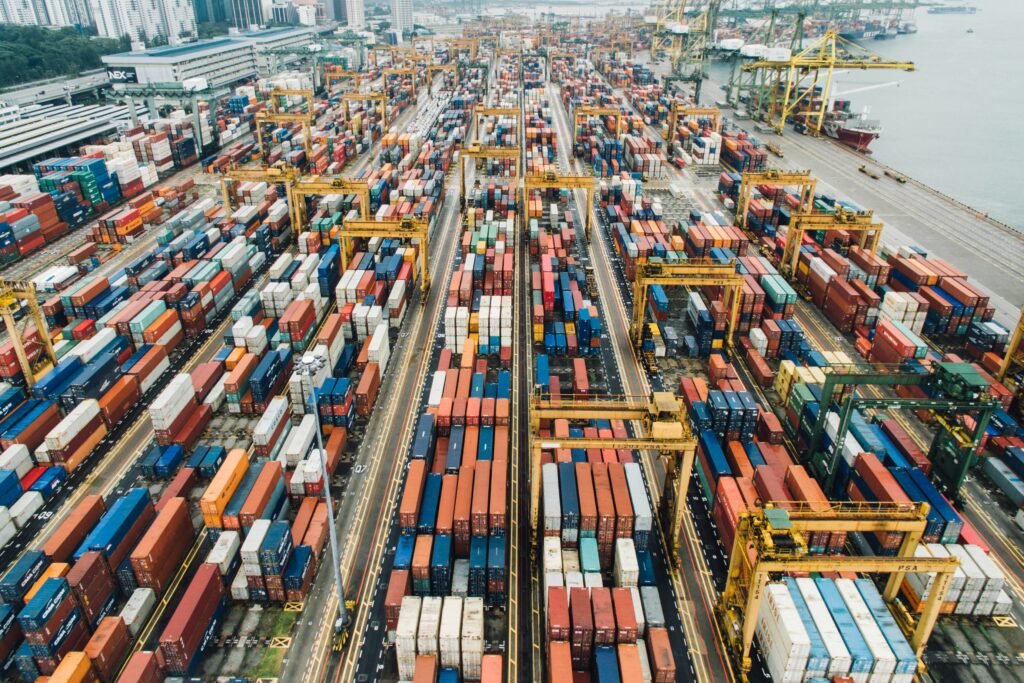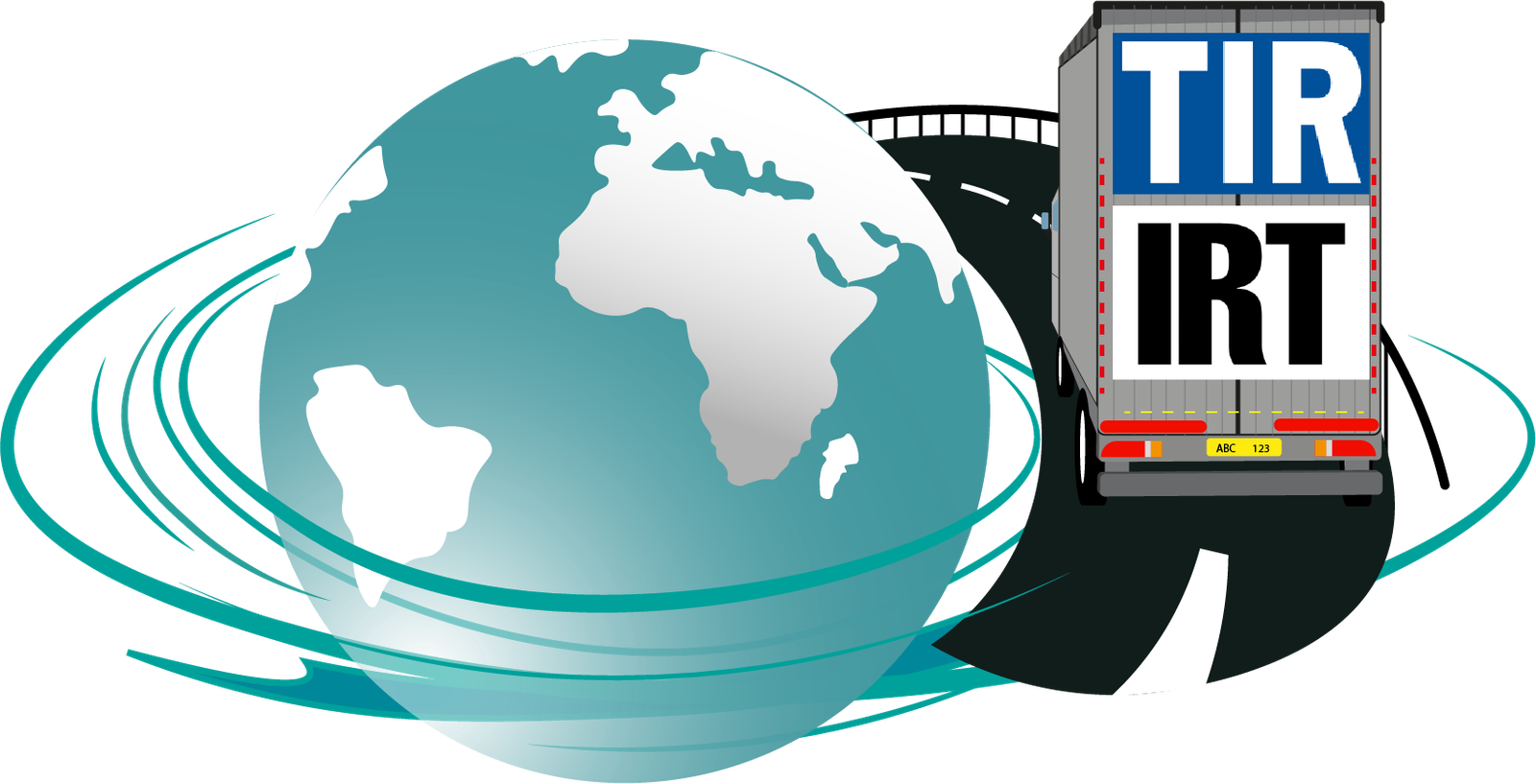The world is shifting gears—and fast. Artificial Intelligence is no longer just a buzzword confined to labs and software—it’s now in the driver’s seat of the world’s trade and transport systems. Imagine fleets of driverless trucks racing across continents, cargo ships navigating oceans with no crew, and ports that unload goods before a human even notices the ship has docked. This is not science fiction. This is happening. Right now.
Welcome to the era where AI is not just assisting global transport—it’s reinventing it.

AI in Road Transport: The Highways Are No Longer Human
Self-driving trucks are roaring down highways in the United States, Europe, and China—delivering goods faster, safer, and more efficiently than ever before. These autonomous giants don’t get tired. They don’t take breaks. They run 24/7.
Guided by computer vision, radar, LiDAR, and deep learning, these trucks make split-second decisions with pinpoint accuracy. They avoid traffic, dodge accidents, and calculate the most efficient route in real-time. The logistics industry is watching in awe—and scrambling to adapt.
And it doesn’t stop there.
AI-powered predictive maintenance ensures that breakdowns are nearly extinct. By analyzing every vibration, every data point, and every engine pulse, AI knows what will go wrong—before it happens.
AI route optimization transforms chaos into order. It considers traffic patterns, road closures, fuel prices, even weather, and then creates delivery routes that are virtually unbeatable.
This is no longer logistics. This is living, breathing, thinking infrastructure.
Maritime Mayhem: AI Commanding the Oceans
Global trade rides on water—and AI is quietly taking the helm.
Autonomous cargo ships are already being tested across the seas. These AI-driven vessels navigate with satellite precision, making smarter decisions than human captains ever could. No salaries. No errors. No fatigue.
Even ports—long plagued by bottlenecks and human delays—are turning into AI fortresses.
In places like Rotterdam and Singapore, AI-powered cranes, robotic forklifts, and automated customs systems work in perfect coordination. Containers are identified, offloaded, sorted, and shipped—all without a single clipboard in sight.
What once took days now takes minutes. The shipping world has become a choreography of algorithms and machine precision.
Global Trade Reinvented: The Age of AI-Driven Commerce
AI isn’t just moving trucks and ships—it’s transforming global commerce from the inside out.
Real-time shipment tracking gives importers and exporters a live feed of their goods, down to the second. Whether it’s high-value electronics or sensitive vaccines, AI ensures the cargo arrives on time, intact, and optimized.
Demand forecasting using AI scrapes millions of data points—market trends, weather events, political shifts—and accurately predicts what goods the world will need next. No more guesswork. Just precision.
And at borders, automated customs and compliance checks slash wait times and errors. With natural language processing and AI classification systems, bureaucracy is no longer a barrier—it’s a blink.
A Future Too Fast to Ignore
But here’s the twist: with every breakthrough, we get a glimpse of something even bigger. AI is not just improving transport—it’s disrupting geopolitics, reshaping economies, and rewriting the rules of global competition.
Countries investing in AI-driven transport are pulling ahead. Their goods arrive faster, their trade routes are smarter, and their costs are lower. The gap is growing. Will your country keep up?
The Final Mile: Are Humans Still in Control?
AI is driving trucks, piloting ships, managing ports, and even deciding who trades what, where, and when. This isn’t the Fourth Industrial Revolution—it’s the Age of Intelligent Infrastructure.
But as machines grow smarter, the question isn’t “How will AI help us move goods?” The question is “What’s left for humans to do?”
Will we become the overseers of AI systems—or will we become the bystanders of an automated world?
One thing is certain: the transport revolution is not coming—it has arrived.
